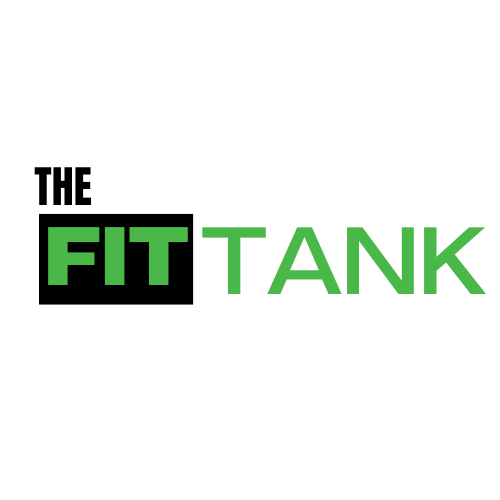Nutrition for your body type is a way to find a diet that helps your body get over diet plateaus or gain more energy. But, do you know what your body type is?
Thanks to the work of Dr. William Sheldon, body types were once classified into three different types, which were determined by height and weight. Today, the concept has evolved since most people share the qualities of two body types. But the basics are the same.
The three body types are endomorph, mesomorph, and ectomorph. And while we know that people cannot neatly fit into a category simply based on how tall they are or how much they weigh, different measurements were developed for each classification, such as the width of the elbow and knee or how much body fat is measured at the triceps.
Because the body type details are more precise than in the past, nutritional experts agree that following a diet specific to your body type may help you reach your healthy lifestyle goals, quicker. Below, you will find each body type with the characteristics along with optimal diet suggestions.
Endomorph – This body type often has thicker bones and muscles. They are often shorter and gain weight easily, with the following characteristics:
- Stocky build
- Gains muscle and fat easily
- Generally shorter body, shorter limbs
- Curvier or “softer”
- Undefined muscles
- Slow metabolism
Because this body type gains weight easily, a person with this body type would do well with a macro-nutrient distribution of 20-25% carbs, 30-35% protein and 35-40% healthy fat. But the best carbohydrates to consume are whole vegetables and fruits, while limiting or excluding breads, pastas and other high-carb foods, because they may more easily be stored as fat.
Here are some tips for the best nutrition for your body type:
- Consume a lean protein at each meal such as chicken, fish, eggs and lean beef
- Eat plenty of fresh, whole fruits and vegetables, organic if possible
- Add a little healthy fat to each meal such as nuts, seeds, avocado and olive oil, these are necessary to help eliminate unhealthy fat from your body
- Consume only whole grains that are considered low GI foods, like quinoa or brown rice
- Fruits should also be low GI such as strawberries, blueberries, raspberries and apples
- Avoid all white flour products including breads and tortilla
- Limit alcohol and desserts
Mesomorph is next on our list, and enjoys a solid bone structure. Some believe this body type is most suitable for the sport of bodybuilding since it is easy for these folks to gain muscle. Some traits include:
- Stronger bones
- Well-developed muscles
- Gains muscle easily
- Athletic build
While this body type sounds ideal, it should be noted here that many people fall “in-between” classifications. So, you might be on who has larger bones and gains muscle and fat easily, but you are not necessarily stocky, putting you somewhere in between an endomorph and mesomorph. If you believe you share characteristics of two classifications, simply adjust your diet accordingly.
Nutrition for this body type may be slightly different for each person, as sharing classification traits will vary among individuals. But if you notice you have more fat than you would like, follow common weight control practices like limiting carbs and unhealthy fats.
Because the mesomorph has a more evenly balanced muscle and fat distribution, macro-nutrients are generally also balanced. In general, the caloric distribution should be about 35% carbs, 35% protein and 30% healthy fats.
Some nutritional experts believe this type would more easily lose weight by splitting calories into five smaller meals throughout the day. Those who just desire maintenance or balanced nutrition may prefer three meals a day. The following are some healthy nutritional guidelines for mesomorphs:
- Each meal should contain the 35%/35%/30% nutritional balance as described above
- Focus on proteins like chicken, fish, beef, lentils, eggs and yogurt
- Mix up healthy carbohydrates and include brown rice, fresh vegetables, oats, and quinoa
- Consume fruits alone, in the morning or in between meals
- Including a fiber supplement can help maintain digestion
- Be sure to consume healthy fat foods like olives, oats, avocados and nuts
Ectomorphs are the third category and the leanest of the three. Often tall with a thin build, those who sport this body type may find it difficult to gain muscle. Here are some other characteristics that are typical of ectomorphs:
- Less body mass relative to height than average
- Smaller bone structure
- Small shoulders
- Difficult to gain weight
- Fast metabolism
This body type burns calories at a higher rate than most. Their fast metabolism makes it more difficult to gain weight, whether it is fat or muscle. Because of this, they might require more calories than the average person, and nutritional supplementation might be helpful. The following are some nutritional guidelines for the ectomorph.
- Increase your calories (as healthy foods) to more than you currently consume, if you want to add weight or muscle
- Spread meals throughout the day to make it easier to consume more calories
- Protein shakes can help you achieve your daily required calories and protein
- Add oats, peanut butter and fresh fruit to protein shakes for added nutrition and calories
- Meals can be balanced with 35% carbs, 35% protein and 30% healthy fats, but increase protein up to 45% to build muscle
- Consume proteins like beef, chicken, fish, lentils, high-quality whey and pea protein
- Proteins should still be lean, since animal fats can be unhealthy
- Whole grain breads can provide both complex carbs, protein and calories
- Fats can include avocado, nuts, seeds, olives, oils and organic butter (or butter from grass fed cows)
- Some trainers believe this body type should consume a protein shake both before and after a workout to gain muscle
Conclusion
Nutrition for your body type can help you overcome training hurdles and make a healthy lifestyle easy. Many nutritional experts note that some people may change from one type to another as part of fitness training or the aging process.
But using the nutritional guidelines for your body type can provide a solid platform that can be adjusted to suit your personal needs, so you can more easily reach your health and fitness goals.



